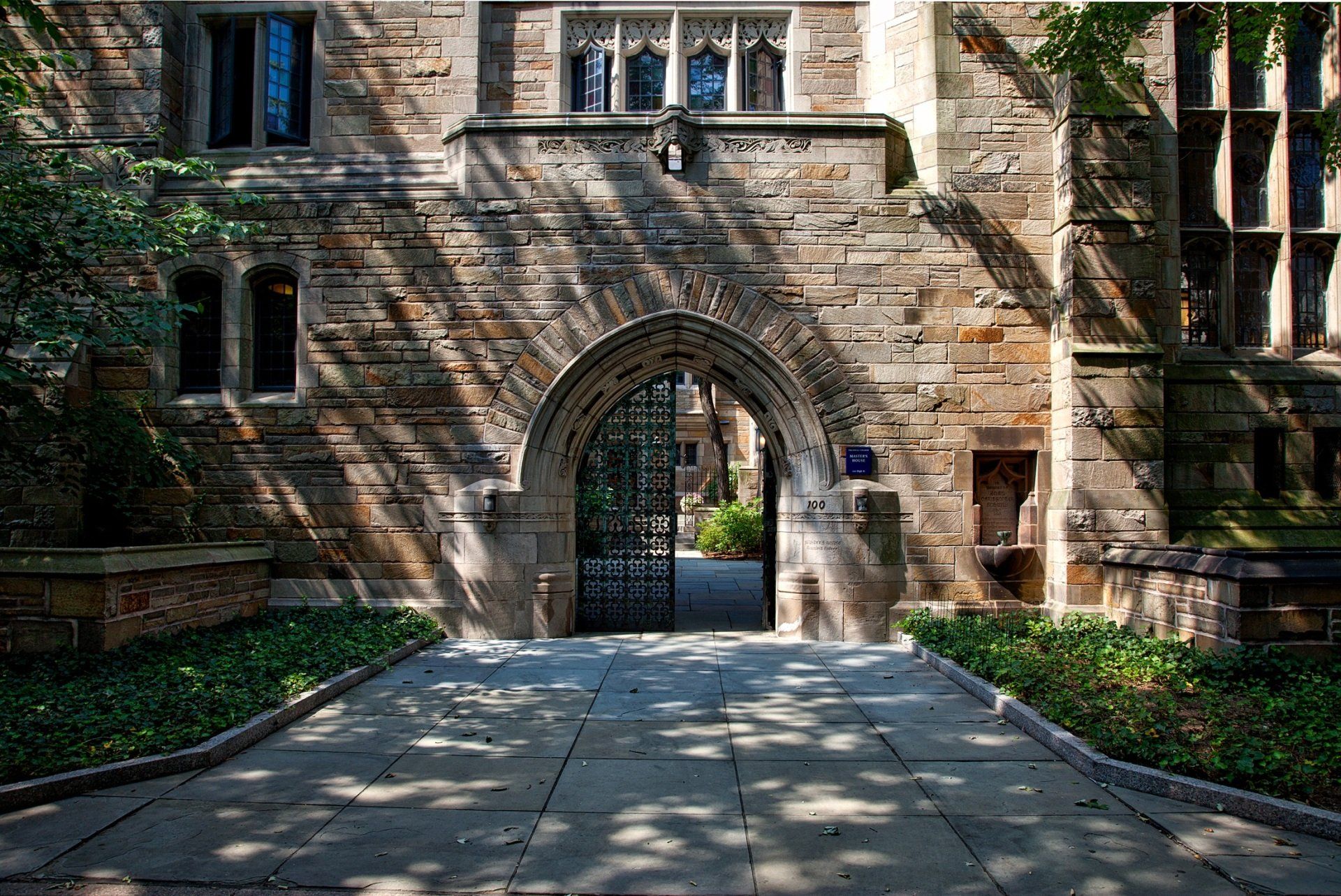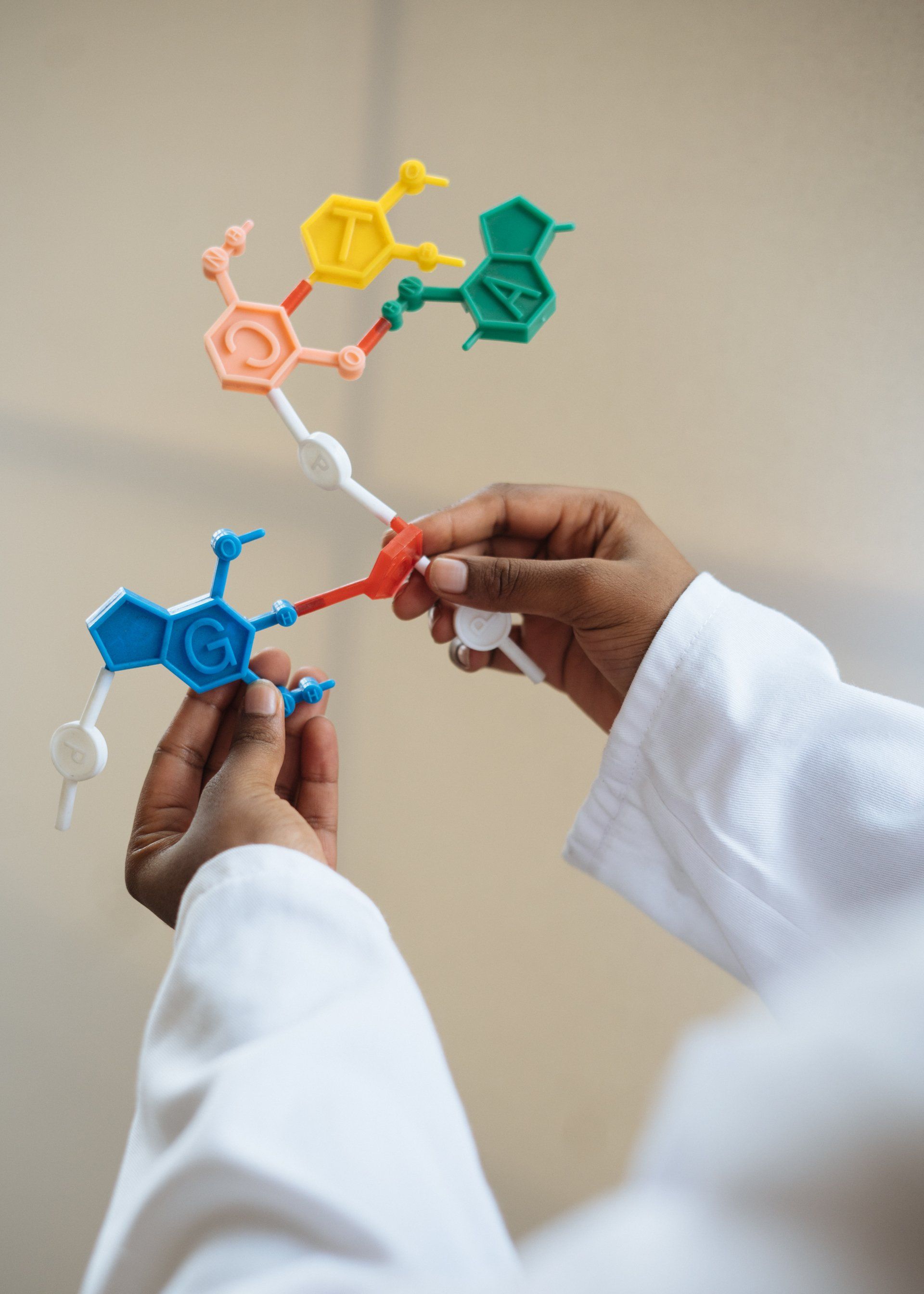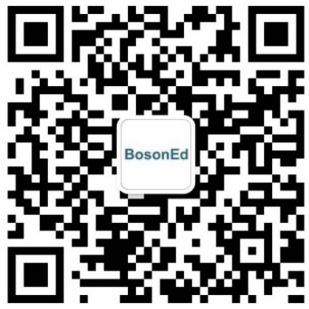Beyond the Superstars: Smart Activity Planning for Everyday Students
Not every student is a “superstar” with national awards or world-class research. Most students are regular kids with solid academics and a mix of interests. The good news? Elite colleges don’t only admit “prodigies.” What really matters is how well students plan, present, and connect their extracurriculars to their academic goals and personal strengths.
In this article, we’ll look at real cases to see:
· How students with ordinary backgrounds built strong activity profiles
· How to turn scattered experiences into a clear application theme
· What lessons families can take away when planning activities
What Counts as Extracurricular Activities?
Extracurriculars include both regular activities during the school year and summer programs. They can happen on-campus (clubs, classes, competitions) or off-campus (community service, research, internships, independent projects, entrepreneurship, etc.).
Why Is Choosing Activities So Hard?
● Too much information: Some say competitions matter most, others say research, and still others say volunteering. With so many opinions, it’s confusing.
● No standard measure: Unlike colleges, which at least have rankings, activities have no clear ranking or standard, so it’s hard to know what’s “good.”
● Too many options: In the U.S. alone, there are over 10,000 summer programs, plus competitions and other activities, making it overwhelming.
● Lack of clarity: If a student doesn’t know what they want to study or their career goals, it’s hard to pick activities that truly help with college applications.
● Uncertainty: Parents often worry: “Is this program really useful for admissions? It costs money and time, what if it doesn’t help?”
How Do Admissions Officers Evaluate Activities?
● Relevance: How well does it connect to your academic interests, personal qualities, or strengths?
● Selectivity/Prestige: How competitive or recognized is the program?
● Commitment/Time: How long did you stick with it?
● Impact & Growth: What did you achieve? Did you grow personally? How did you use the experience?
● Context: Was the activity hard to get into? Did you overcome challenges to do it?
How to Choose Activities?
- Based on Intended Major – e.g., if you want to study computer science, choose CS-related activities; if business, choose business-related.
- Based on Personal Traits. Colleges look for qualities such as drive, intellectual curiosity, initiative, serving spirit, diversity of experiences, leadership, independence, etc.
- Based on Strengths: Lean into your unique talents or skills.
A good activity plan usually covers both academics (related to your intended major) and personal qualities or special talents
Case Study 1: Interdisciplinary Focus
Background:
● GPA 4.0, ACT 35/36
● Languages: English, French, Mandarin
● Admitted to Johns Hopkins University
Activities:
● Clubs: Anime Club leader, editor/writer for an online media club
● Community/Teaching: Science camp counselor for grades 3–6; group piano assistant at a local music school
● Research: Independent paper on Alzheimer’s and media coverage (guided by a professor). Applied research to real life by better understanding her grandmother’s dementia
● Summer Programs: Law Summer Program (University of Toronto), Yale Young Global Scholars
● Personal qualities: Piano (hobby), trilingual
Challenges:
At first, her activities were scattered and based only on personal interests instead of concrete academic direction. The student also wanted top-15 schools but hadn’t chosen a major.
Application Theme:
● Academic: Cognitive science, supported by her Alzheimer’s research
● Narratives:
1. Concern for aging and social issues (inspired by her grandmother and summer law programs)
2. Connection between trilingual ability and cognitive science
By framing her activities around these themes, everything started to make sense: research and languages supported both academics and personal growth.
Case Study 2: Natural Sciences
Background:
● GPA 4.0
● SAT 1440 (not submitted)
● Admitted to Vanderbilt University
Activities:
● Research: University youth talent program, biochemical interdisciplinary research
● Summer Programs: Columbia University biology course (genetics), University of Chicago summer seminar
● Competition: iGEM biology competition (team co-organizer)
● Clubs: Biology reading club organizer
● Sports: Soccer team
Challenges:
When it comes to activities, the student was unsure whether to focus on competitions or research. I found that he wasn’t very competitive and preferred research. His standout activity was the University research project, which became the core of his application.
Application Theme:
● Academic: Biology (very clear direction). His research report was submitted as supplemental material.
● Narratives: Leadership and teamwork, reflected through both soccer and lab experiences. For example, conflicts in the lab reminded him of teamwork in soccer—sometimes compromise is necessary.
Takeaway:
A strong application isn’t just about big prizes. Even small personal stories and details (like lab teamwork) can show growth and leadership.
Case Study 3: Social Sciences / Communications
Background:
● GPA 4.0
● SAT 1530
● Admitted to Georgetown University
Activities:
● Clubs: Student Council President, K-pop club member
● Competitions: FBLA business competition
● Internships: Brand management intern (Grade 9); New York State Senate campaign internship (Grade 11)
● Research: Pioneer Research Program, studied feminism in film
Challenges:
The student’s activities were scattered: some in business, some in media, some in politics. By senior year, she still wasn’t sure whether to apply for business or communications.
Application Theme:
● Academic: Interdisciplinary study of communications, marketing, and women’s studies (more consistent with her past research and internships)
● Strategy: The student still wanted business major, so we chose schools where transferring to the business school was possible. At Georgetown, she was admitted, then successfully transferred to the business school after enrollment.
Takeaway:
Even if activities seem unrelated, you can create a clear narrative by connecting them under a theme. Flexibility in school choice (schools that allow major changes) is also key.
Key Takeaways for Choosing and Shaping Extracurricular Activities
1. Find a Central Theme
○ Activities don’t have to be perfect from the start. But when applying, you need a clear theme that connects academics, personal qualities, and special talents.
○ Example: Cognitive Science + Alzheimer’s research + trilingual background (Johns Hopkins case).
2. Play to the Student’s Strengths
○ Not every student is cut out for competitions. Some shine in research, others in leadership, creativity, or service.
○ Example: Vanderbilt student focused on research instead of contests, which fit his personality better.
3. Details Matter
○ Admissions officers care about growth and reflection, not just big awards.
○ Even small experiences (lab teamwork, helping younger students, family inspiration) can be powerful if told well.
4. Flexibility Is Key
○ If a student is undecided on major, choose schools that allow switching majors after admission.
○ Example: Georgetown student applied with a communications theme but transferred into business after enrollment.
5. Balanced Activity Plan
○ Cover at least two areas: Academic (linked to intended major) and Personal qualities/special talents (leadership, creativity, service, sports, art, music, etc.)
In short: don’t chase “what looks best” on paper. Choose activities that fit the student’s interests, strengths, and story. Then, package them into a clear theme that shows both academic direction and personal growth.
















